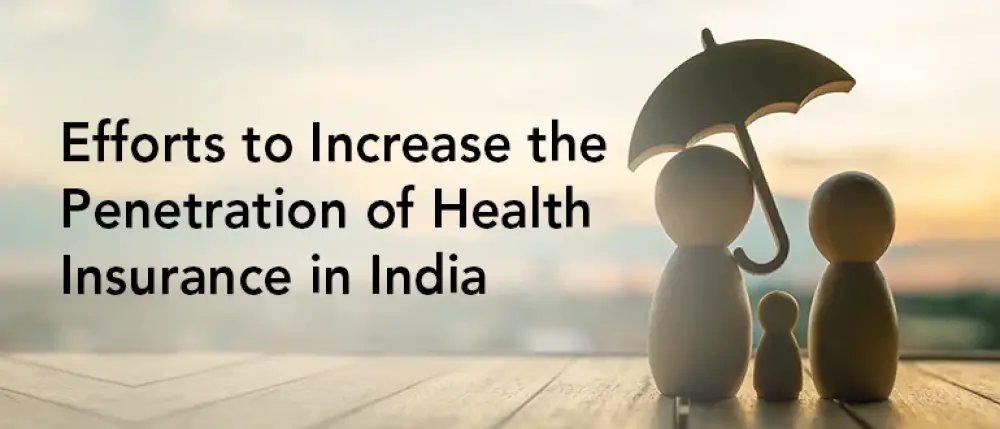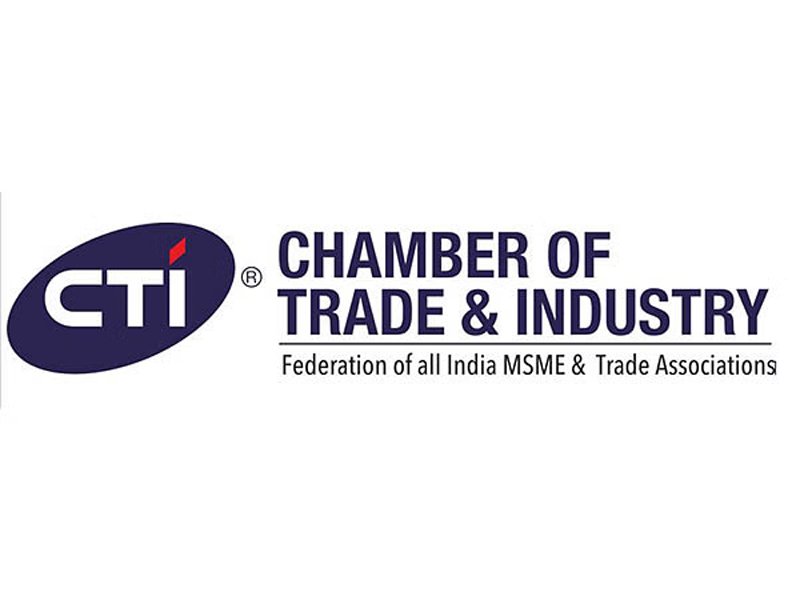Health Insurance in India Must Be Inclusive: India’s health insurance landscape has seen rapid evolution, yet several disparities remain unresolved. Health insurance accounted for a massive ₹1.18 lakh crore premium in FY 2024-25, forming about 36% of India’s general insurance premium. But a closer look at the data shows troubling asymmetries—both in terms of premium distribution across states and inefficiencies in claims settlements and pricing structures. If India aims to provide equitable healthcare access, the current model requires significant reform.
Health insurance in India is divided into three primary segments—individual, group (excluding government schemes), and government-sponsored business. While group health insurance covers the highest number of lives (25.59 crore) and earns 52% of the total premium (₹55,666 crore), individual health policies cover only 5.58 crore lives despite contributing 39% of the premium (₹41,501 crore). Government health schemes, on the other hand, cover a massive 26.11 crore people with a relatively low premium of just ₹10,513 crore. This means while group and individual plans focus on premium-heavy segments, government schemes cover the poorest at very low average premiums—often as low as ₹402 per person.
This lopsided structure creates challenges in inclusion, affordability, and service quality. Group insurance often lacks portability and individual plans are priced high. Claims processing still lacks transparency and grievance redress mechanisms are sluggish. Additionally, most premiums come from a few States, creating regional imbalances in healthcare financing. It’s evident that a balanced, inclusive, and equitable health insurance ecosystem is urgently needed to support India’s universal healthcare goals.
Who Can Apply for Health Insurance in India?
1. Individual Health Insurance Applicants
Anyone above the age of 18 years is eligible to apply. Plans are also available for children, family floaters, and senior citizens. Insurers may conduct a health check-up depending on the age and pre-existing conditions.
2. Corporate or Group Health Insurance
Companies, startups, SMEs, and organizations can buy group health insurance for employees. These plans usually offer comprehensive coverage with low premium due to the group structure.
3. Government Scheme Beneficiaries
Anyone below the poverty line, unorganized workers, or those covered under Ayushman Bharat – PMJAY, ESIC, or state-specific schemes are eligible.
Health Insurance Fees & Premiums: Understanding the Costs
| Category | Lives Covered | Total Premium | Average Premium |
|---|---|---|---|
| Individual Insurance | 5.58 crore | ₹41,501 crore | ₹7,437 |
| Group Insurance | 25.59 crore | ₹55,666 crore | ₹2,175 |
| Government Insurance | 26.11 crore | ₹10,513 crore | ₹402 |
Premiums vary depending on age, pre-existing illnesses, geographical zone, and features like maternity or OPD coverage. Group plans are cheaper but less flexible, while individual plans offer wider customization but at a higher price.
How to Use Health Insurance: Claim & Benefits
- Cashless Treatment: Most insurers have a network of empaneled hospitals. You can avail of cashless hospitalization by showing your e-card and ID proof.
- Reimbursement: For non-network hospitals, you can claim reimbursement by submitting original bills and claim forms.
- Daycare & OPD: Some policies also cover day-care procedures, doctor consultations, and pharmacy expenses.
- Pre- & Post-Hospitalization: Expenses incurred before and after hospitalization (usually 30/60 days) are also covered.
Benefits of Health Insurance
- Financial Protection: Saves you from heavy medical bills during emergencies.
- Tax Benefits: Premiums paid are exempt under Section 80D of the Income Tax Act.
- Peace of Mind: Ensures you get the right treatment without delay.
- Comprehensive Care: Covers hospitalization, diagnostics, surgery, maternity, and even wellness benefits.
How to Apply for Health Insurance in India
- Choose Your Insurer: Visit the websites of top providers like HDFC Ergo, Star Health, Niva Bupa, etc.
- Compare Plans: Use comparison portals like PolicyBazaar or InsuranceDekho to analyze benefits, exclusions, and premiums.
- Submit Documents: ID proof, age proof, income proof, and health declaration.
- Medical Test (if required): Applicants over 45 or with pre-existing conditions may need medical screening.
- Pay Premium: Select annual or monthly premium payment options and complete payment.
- Policy Issuance: Once approved, e-policy is emailed and physical copy is dispatched. IRDAI Official Website

Important Dates (Expected for FY 2025-26)
- Health Insurance Awareness Week: October 10–16, 2025
- Next IRDAI Pricing Review: Expected by December 2025
- Open Enrollment Window for Govt Schemes: April 1 to June 30, 2025
- Ayushman Bharat Updates: New states onboarding by August 2025
Disclaimer
This article is intended for informational purposes only. Health insurance plans and premiums may vary based on individual health conditions, age, city, insurer policies, and government regulations. Please verify details with the official insurer or IRDAI before purchasing any plan.
Health Insurance in India Must Be Inclusive Conclusion
The Indian health insurance industry is at a crossroads. It has grown tremendously, covering over 57 crore lives, but a major portion of the premium comes from just a few states. The pricing for individual plans remains steep, while government schemes are underfunded despite covering a larger base. Such skewed distributions raise concerns about sustainability and fairness in the healthcare financing model.
Health insurance should not only be about profits and numbers; it must be about people and protection. The current model must move beyond just coverage statistics and address structural flaws like claim delays, premium imbalance, and exclusion of middle-income families who fall between government subsidies and expensive private plans.
The IRDAI’s recent reports and proposed amendments indicate some willingness to fix these issues. However, reforms must go beyond token gestures. We need regulatory accountability, pricing audits, transparent settlement systems, and better grievance redressal mechanisms.
If we aim for universal health coverage by 2030 as envisioned in the National Health Policy, health insurance must be inclusive, affordable, and efficient. The system must work not just for the few who can afford it, but for the many who need it.
Health Insurance in India Must Be Inclusive FAQs
1. What is the difference between individual and group health insurance?
Individual health insurance is bought directly by a person or family and offers broader coverage options. Group health insurance is usually provided by employers to employees and their families, with lower premiums but limited portability and customization.
2. Why is the average premium so low in government schemes?
Government schemes like Ayushman Bharat are subsidized and funded by the government to support economically weaker sections. These plans focus on basic hospitalization cover and are often co-funded by both central and state governments.
3. Can I buy both government and private insurance?
Yes. Many people combine Ayushman Bharat with a top-up private health insurance policy to cover treatments not included under government schemes.
4. How do I know if my insurance plan offers cashless treatment?
Each insurer has a list of network hospitals. You can check this on the insurer’s website or call their customer care. Cashless treatments are only available in these networked hospitals.
5. What happens if my claim is rejected?
If your claim is rejected, you have the right to:
- Appeal with your insurer’s grievance redressal team
- Escalate to the Insurance Ombudsman
- Lodge a complaint with IRDAI’s IGMS portal




One thought on “Health Insurance in India Must Be Inclusive: Bridging Gaps in Premiums, Claims, and Accessibility”